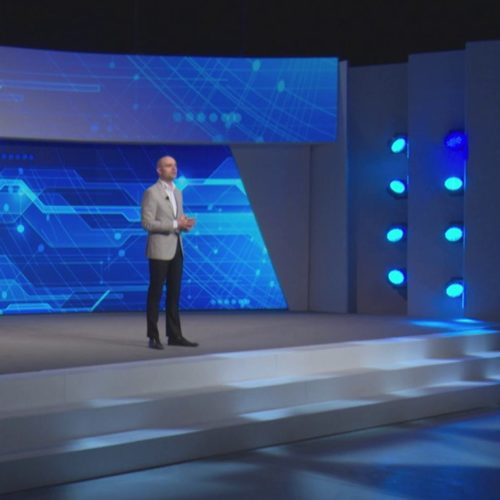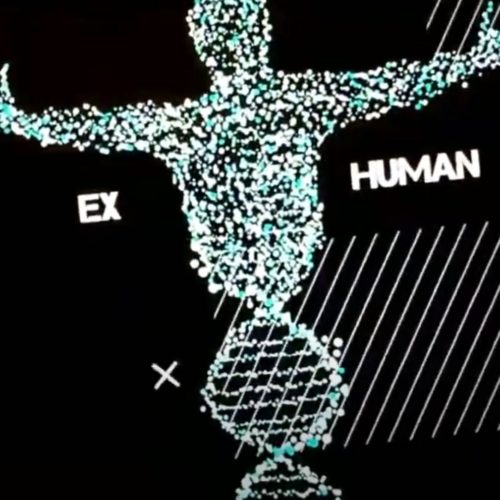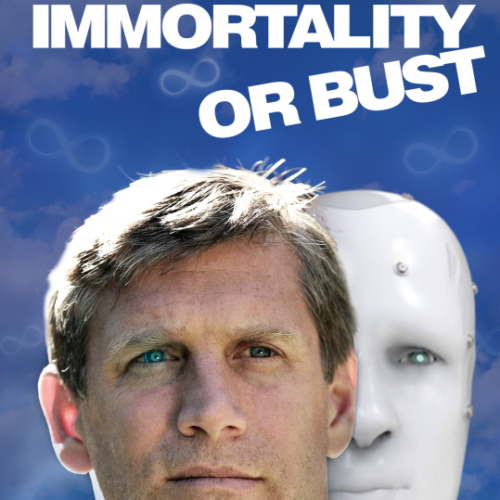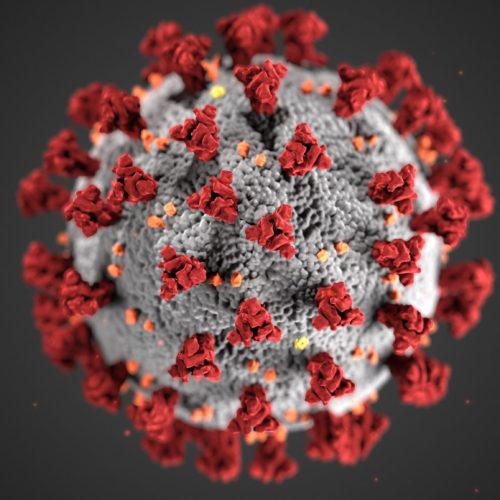Mind Uploading and Identity
Like many of you here, I saw the recent interview on Singularityweblog with Dr Natasha Vita-More about her idea of the Whole Body Prosthetic. The article raises many interesting questions, not least what it would mean to have an uploaded mind and a physical body, whether natural or prosthetic. In this article I want to explore some of these ideas, in particular what identity means for an uploaded mind.
Identity and continuity
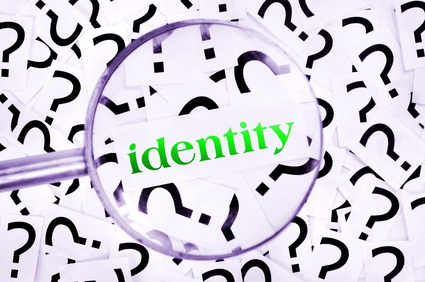 The idea of uploading a mind to a supercomputer is commonplace in singularity discussions. Assuming that a “mind map” could be extracted from a biological brain and transferred to a computational substrate without loss of information, what would this mean for the individual? If the self is just a pattern, and uploading preserves the pattern, then is the uploaded mind still you, or is it merely a copy? After all, if we can create one copy, we can create many copies. Is each copy the same person, or they just replicas? What is the self in such a scenario?
The idea of uploading a mind to a supercomputer is commonplace in singularity discussions. Assuming that a “mind map” could be extracted from a biological brain and transferred to a computational substrate without loss of information, what would this mean for the individual? If the self is just a pattern, and uploading preserves the pattern, then is the uploaded mind still you, or is it merely a copy? After all, if we can create one copy, we can create many copies. Is each copy the same person, or they just replicas? What is the self in such a scenario?
Identity is a tricky issue to untangle even without the complication of uploading. Are you the same person now that you were when you were 18? Clearly not. The pattern of your mind has changed as a result of your experiences. And yet you are still you. Your identity has changed, but it persists. So is uploading any different?
The key to preserving identity is continuity. Your 18 year old self changed continuously until you reached your current self. Although the current you is different to the old you, they are the same you. You just changed over time.
If that continuity is broken by uploading, then you are no longer you. The uploaded you is just a copy, even though it may be functionally identical to the old you. “You” are still in the body. You could make a copy of your 18 year old mind and freeze it in time. Now that uploaded self is an exact copy of you, whereas the real you has become quite different with the passing of the years. So which is really you?
If this sounds too abstract to worry about, try the following thought experiment.
The black box uploader
 Picture this. One day in the not-too-distant future you accompany your best friend to have his mind uploaded to a supercomputer. He’s really excited as he steps into a big black box. “See you on the other side!” he calls. Into the box he goes and the technician presses a big red button. Seconds later, his face appears on the screen in front of you. “Awesome, dude!” he says, “I’ve been uploaded.”
Picture this. One day in the not-too-distant future you accompany your best friend to have his mind uploaded to a supercomputer. He’s really excited as he steps into a big black box. “See you on the other side!” he calls. Into the box he goes and the technician presses a big red button. Seconds later, his face appears on the screen in front of you. “Awesome, dude!” he says, “I’ve been uploaded.”
You’re about to leave, when you notice the technician sweeping some ashes out of the black box and into the waste. “What’s that?” you ask.
“Oh,” he says. “That’s just the waste left over from the uploading.”
These ashes bother you. You’re worried about this uploading process. You reach for your smartphone and call your friend. Sure enough, his face appears on your phone. He’s all smiles. He appears to be on some kind of virtual beach, drinking a virtual cocktail. He seems happy. You ask him some questions that only he could possibly know the answer to, and he answers them correctly. It’s definitely him. But what about the heap of ashes left over in the black box. Was that him too?
You ask him about the uploading process and how it felt. He says it felt good. “Was there any pain?” you ask. He says not. And yet, somehow your friend got turned into waste. He’s now in the garbage pile. You saw that with your own eyes. So who is this guy on the screen who claims to be your friend?
Sleep tight
All this thinking has made you tired. You switch out the light and try to sleep. But a nagging thought won’t go away. What happens when you go to sleep, you wonder? Continuity of consciousness is broken. When you wake up, you’ll feel like a new person. But will you in fact be a new person? The old one – did he die in the dark hours? Is the lifespan of the average human less than 24 hours? Have you already died a thousand deaths before? Are we a species of replicants?
Today is the day for your own uploading. Somehow, your concerns about the process have evaporated with the arrival of the new day. You head off to the lab and soon you’ve joined your friend in cyberspace. The process didn’t hurt at all. Soon the technician is sweeping away another pile of ashes.
Identity & multiplicity
What I’ve described is the usual concept of uploading. I’m sure you can see the problem. Would you step into the black box? I’m pretty sure I wouldn’t.
But there are other more interesting scenarios we can explore.
In her interview with Socrates, Dr. Vita-More suggests the possibility of a future mind being capable of inhabiting multiple bodies (or substrates) simultaneously. She suggests a central mind and sub-minds.
But let’s take this idea further. Why not have many minds of equal status? After all, the human brain resembles a collection of semi-independent systems working to create a whole.
The man with two brains
Instead of uploading a biological mind into a computer, why not start by enhancing the biological brain with additional capacity in some kind of artificial substrate? We don’t necessarily need to carry this hardware around with us. Some kind of wireless interface would do the trick.
So now you have your original biological brain plus an artificial one that you could use for storing data or running extra thought processes. It could be massively more powerful than the biological component and distributed in the cloud. No loss of identity is involved here. Provided that the two brains can communicate, like the two hemispheres of the biological brain, all is well. Once you get used to the experience, you might even find that the artificial brain starts to feel like the real you.
But why stop at two brains? From here, expansion into multiple biological and computational substrates is a trivial and logical next step. Multiple brains, multiple bodies, but a single distributed mind. And a single identity too.
Of course, life in the real world can be dangerous and unpredictable. Bodies can get lost or damaged. They may not all be able to communicate with each other all the time. But a well-designed network should be able to handle this. If one part of the mind goes offline, the rest of the system would have to manage without it for a time, and then synchronize again when it comes back online. That’s a little like what happens now when we go to sleep.
Having several bodies would be a good insurance policy against disaster. It would also enormously expand our capabilities and experiences. Some bodies could be male, some female, and others distinctly non-human. They could carry out different tasks at the same time, or work together as a team. And all the really hard thinking could be done on a cloud-based computational substrate.
Of course, this is not a human mind I’m describing, but a network of semi-autonomous super-intelligences. But if handled correctly, it could still be you.
About the author:
Steve Morris studied Physics at the University of Oxford and is now managing editor of tech review website, S21. He blogs about science, technology and life in general at Blog Blogger Bloggest.
Related articles
- The Final Moments of Karl Brant: Short Sci Fi Film about Mind Uploading
- Natasha Vita-More on Whole Body Prosthetic







